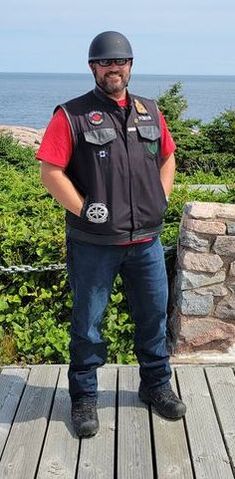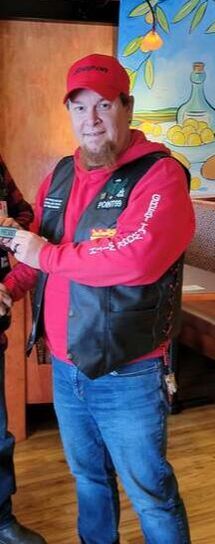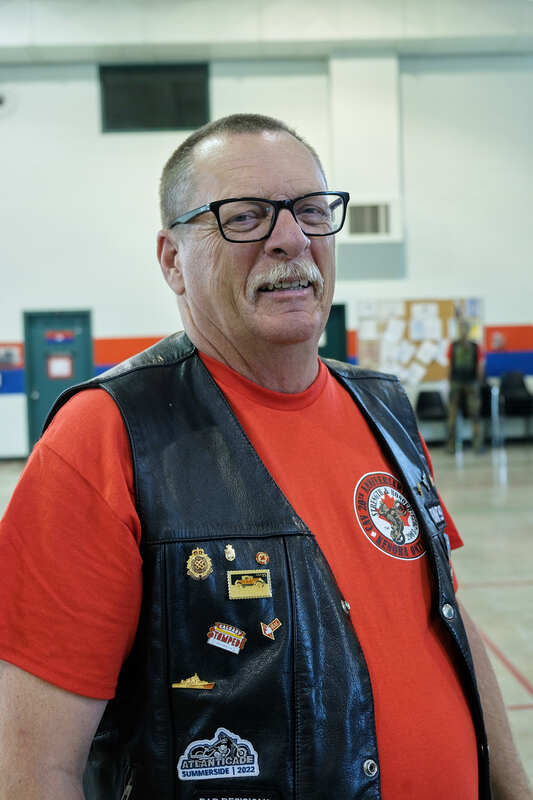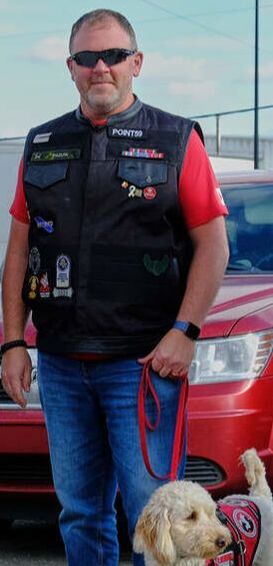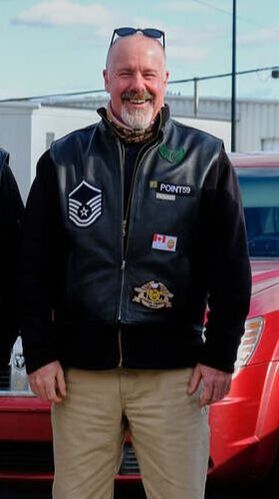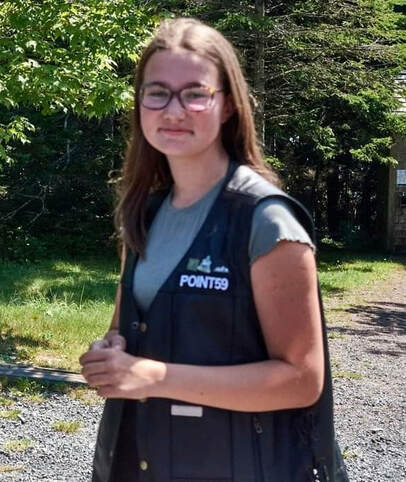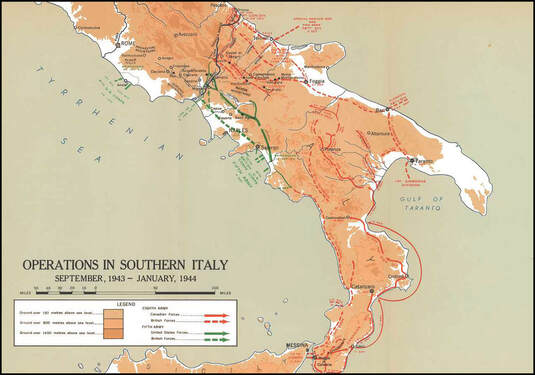Point 59 Unit
|
Marvel (Chris)
President |
President's Message
Point59 is located in Saint John NB. Our unit focuses on community, we RIDE HAVE FUN WHILE HELPING OTHERS! Primarily a veterans club, (RCN, Army, Airforce and RCMP) we pride ourselves by welcoming everyone that enjoys motorcycling. Regardless of riding style.
We are an MU (motorcycle unit) not to be mistaken for a MC (motorcycle club). We are proud members of the Canadian Army Veterans (The 2nd CAV MU) which covers all NB, PEI, NS and NL. Good friendships, Great Trips make amazing stories. Kory (Sparky) Kinsella President Point59 Visit our Facebook page
|
|
CHUCKLES (Charlie)
Events Coordinator |
LIL GRASSHOPPER (Lauren)
Social Media Coordinator |
Point 59 Battle Honour
Information courtesy of www.canadiansoldiers.com
